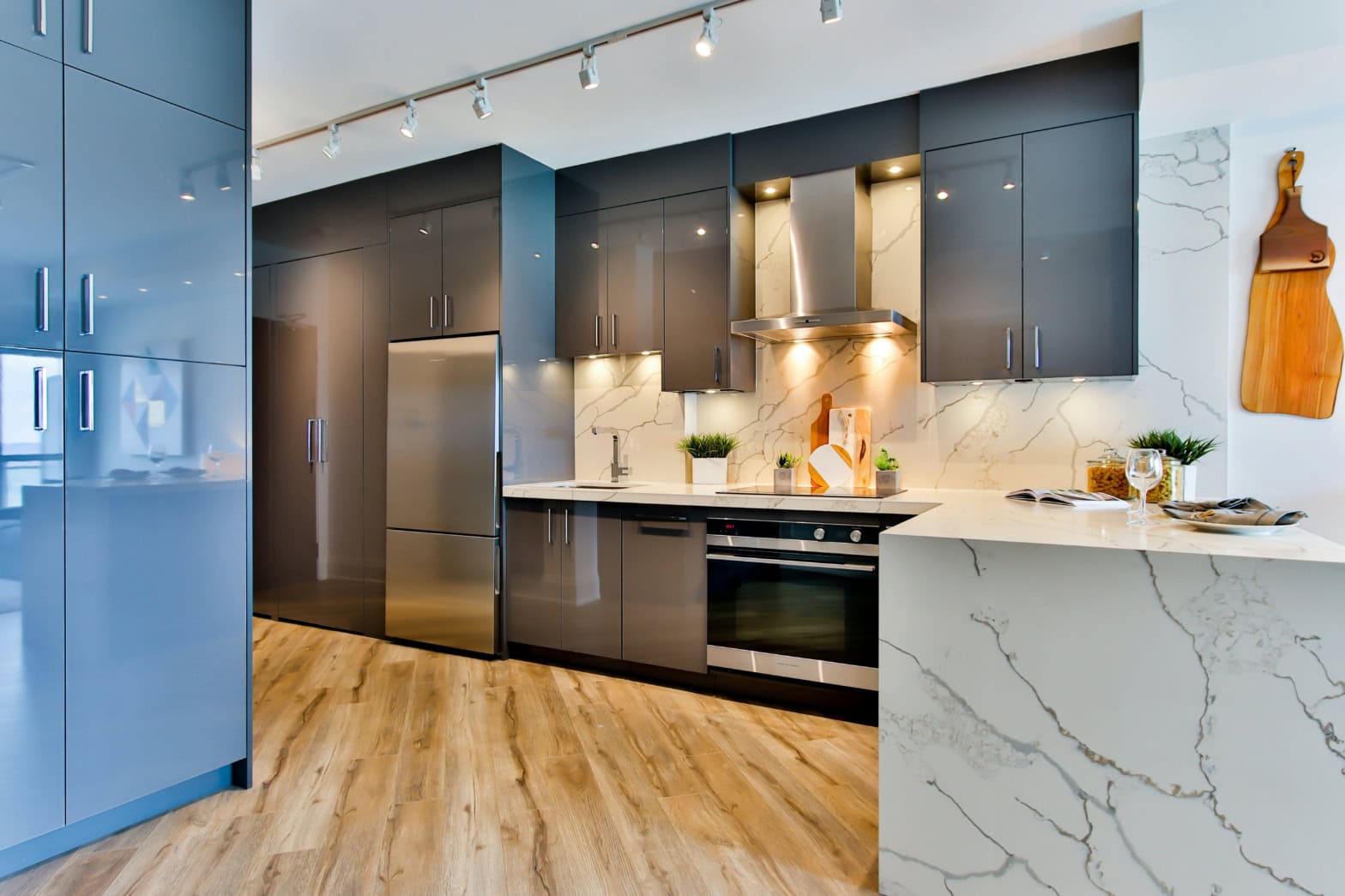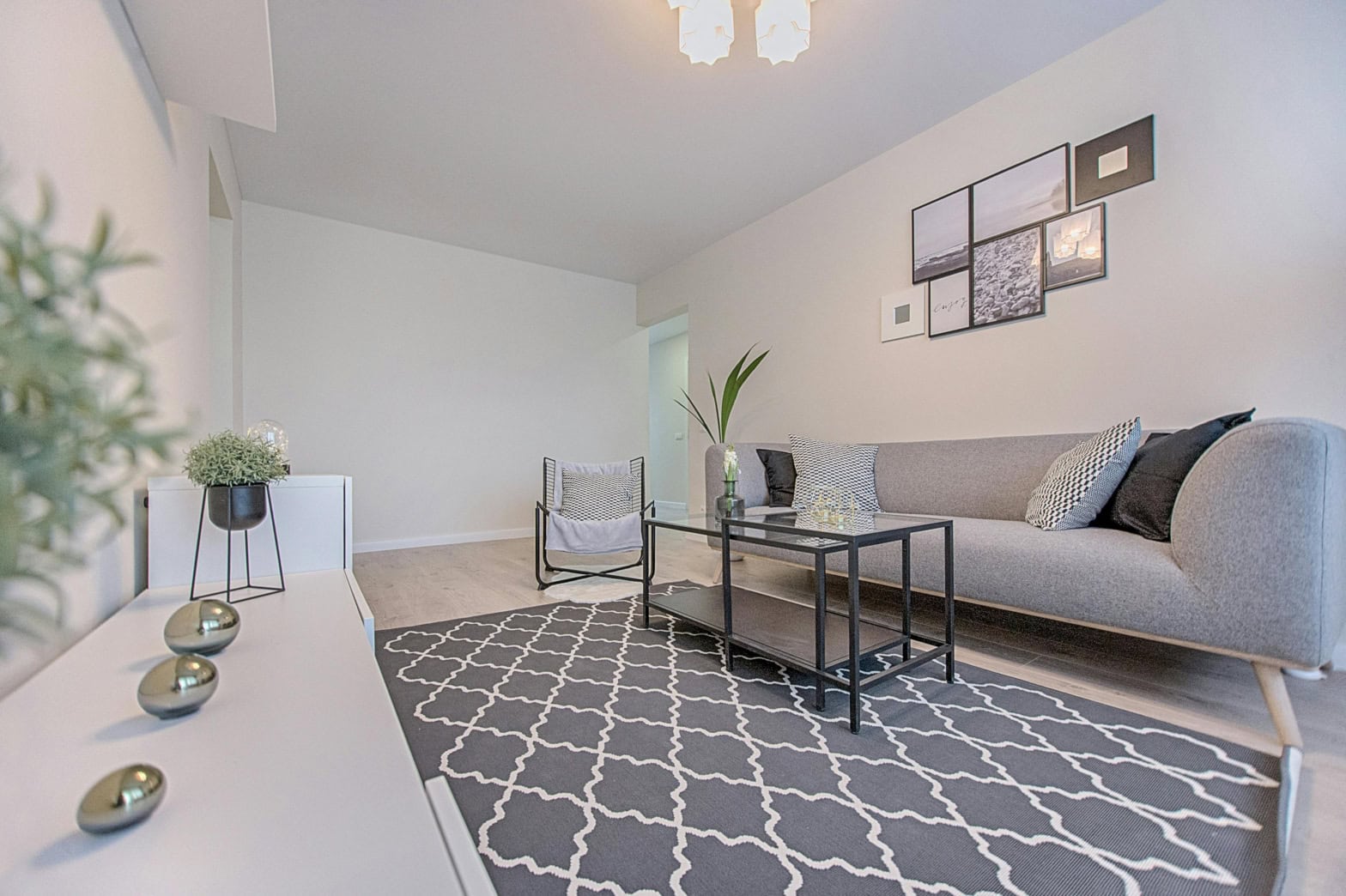Why is 20% the magic number?
When you buy a home, you need to put some of your own money towards the purchase before a lender will be willing to offer you a mortgage.
20% is the typically quoted number when we talk about the “optimal” down payment. The main reason for this is because 20% is the cut-off for being able to get an uninsured mortgage, which means you can avoid having to pay mortgage insurance premiums. Additionally, lenders prefer borrowers who are in a strong financial position, and as such, are more likely to offer better terms to those who put down 20% or more towards their home. With that being said, how much you should put down on your home will depend on your personal situation and goals.
Let’s take a deep dive into when and why you would want to make a bigger or smaller down payment.
Key Takeaways
- 20% is the most commonly recommended starting point for your down payment.
- If you put less than 20% down on a property you’ll need to purchase mortgage default insurance.
- The smallest down payment you can make is 5%, and is only available for the first $500,000 of your home’s value.
Why is 20% the recommended down payment?
The main reason why 20% is considered the magic number when it comes to down payments is mortgage insurance.
Recommended reading: What’s the difference between an insured and an uninsured mortgage?
Most mortgage lenders will require a homebuyer to purchase mortgage insurance if they put down less than 20% towards their home. This will add another 1-4% to the size of your mortgage. If your mortgage insurance premium is 2% of your home’s value, on a $700,000 home with a $500,000 mortgage at 5% interest, that’s an extra $58 per month you will be paying over the life of your 25 year mortgage.
“Some people don’t like to add costs on top of what is already the biggest purchase of their lives.” says our mortgage expert Robert Malcolm.
I asked Rob if he would always recommend for a home buyer to try and hit 20% to avoid mortgage insurance.
“Not necessarily. There’s something we’re really big on at Perch, the effective borrowing cost. So for some people, even though they have 20%, it might make sense depending on the actual rate of a high-ratio mortgage, which is less than 20%, to actually go ahead and put down maybe 15% or 17% and avoid the 20% because the lower rate offsets what they pay in a mortgage premium.” According to Rob, he’s seen mortgage insurance premiums go as low as 0.68% in some cases. Mortgage insurance premiums vary based on the size of your loan and your loan to value ratio (calculated by dividing the value of your loan by the purchase price of the home)
What’s the lowest amount I can use as a down payment?
A better question to ask would be: should I put down the lowest amount possible for my down payment. It’s important to remember, the less money you pay on the down payment for your property, the higher your monthly mortgage payments are going to be, the longer it’s going to take for you to pay off the mortgage, and the more interest you are going to end up paying to your lender.
Stress tests to check your approval for a mortgage are not only in the lender’s interest, but also to protect you, the borrower. A stress test will involve checking to make sure your financial situation can handle an interest in your mortgage rate by up to 2% and calculating your debt ratio. Mortgage lenders do these tests because borrowers that fall below the typical qualification requirements, have a higher likelihood of default, which is bad for them and their lender. Whether it’s because of inflation, losing your job, or any number of other reasons, it’s best not to risk being in a position where you can’t pay your debts. For mortgage lenders, lending to clients who put down less money on their property, which could lead to failing stress tests, represents unnecessary risk.
With that being said, it’s also possible that you’re in a perfectly sound financial position and you just want to maximize your amount of leverage. In that case you should be aware that putting down less than 20% on your home will mean lenders will require you to purchase mortgage insurance, which will add another 1-4% to the size of your mortgage. It might still make sense to put down less than 20% if you’ve evaluated the cost of borrowing and want to use your capital elsewhere. In that case some lenders will approve you for a mortgage with as little as 5% down.
Recommended reading: Can I buy a property with a 5% down payment?
Is it possible to do 0% down on a home?
In the past, it was in fact possible to buy a home with 0% down, albeit it would be exceptionally rare that a lender would actually qualify you for a mortgage without a down payment. In July of 2008 the Department of finance introduced legislation requiring a minimum of 5% provided as a down payment to purchase a property.
In December of 2015 the government further mandated that for homes valued above $500,000, the portion exceeding that value requires a minimum of 10% as a down payment. For example if you were to purchase a home valued at $800,000 you would need to provide a bare minimum of 5% on the first $500,000 (500,000*0.05=$25,000) and 10% on the remaining $300,000 (300,000*0.10=$30,000) for a total of $55,000.
When should you put down more than 20% on a home?
The exact size of your down payment should be a factor of your current financial situation, interest rates, and the details of your purchase.
If you are purchasing a rental property as an investment, you will need to come up with a 20% down payment at the minimum to qualify for a mortgage. If your return on investment is your primary concern, then how much to borrow is a detailed calculation that takes into account the cost of borrowing and your expected return on investment.
If interest rates are high, it’s unlikely your investments will return more than the guaranteed rate of your mortgage interest, meaning it’s likely a better idea to put more money down towards your property. On the other hand if interest rates are less than the rate of return you can get on your capital, then using leverage to increase your available capital can be a great strategy.
Recommended reading: An introductory guide to leveraged investing.
 Alex
Alex





